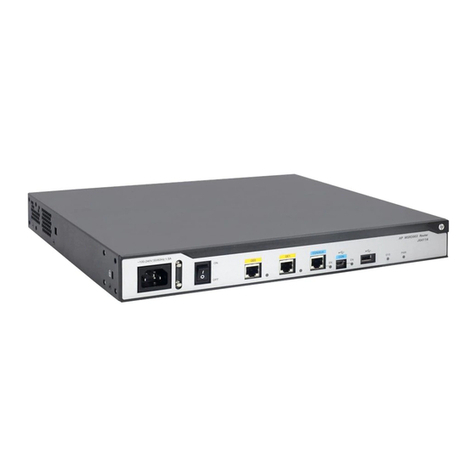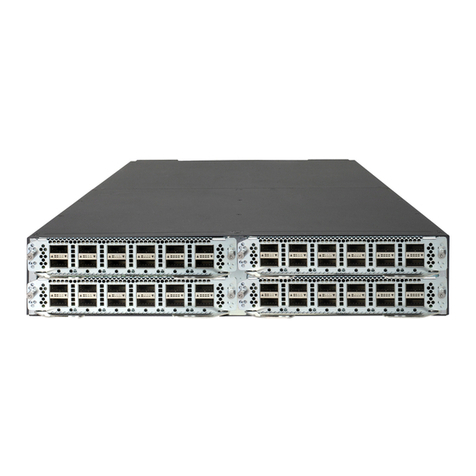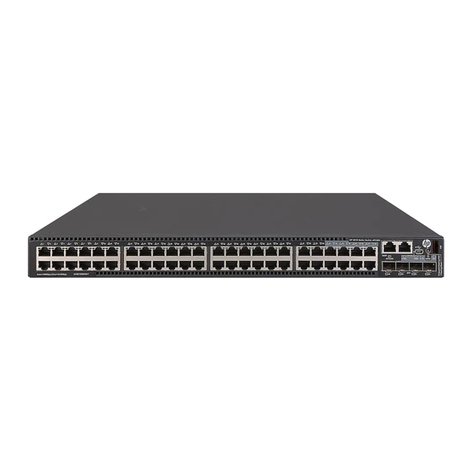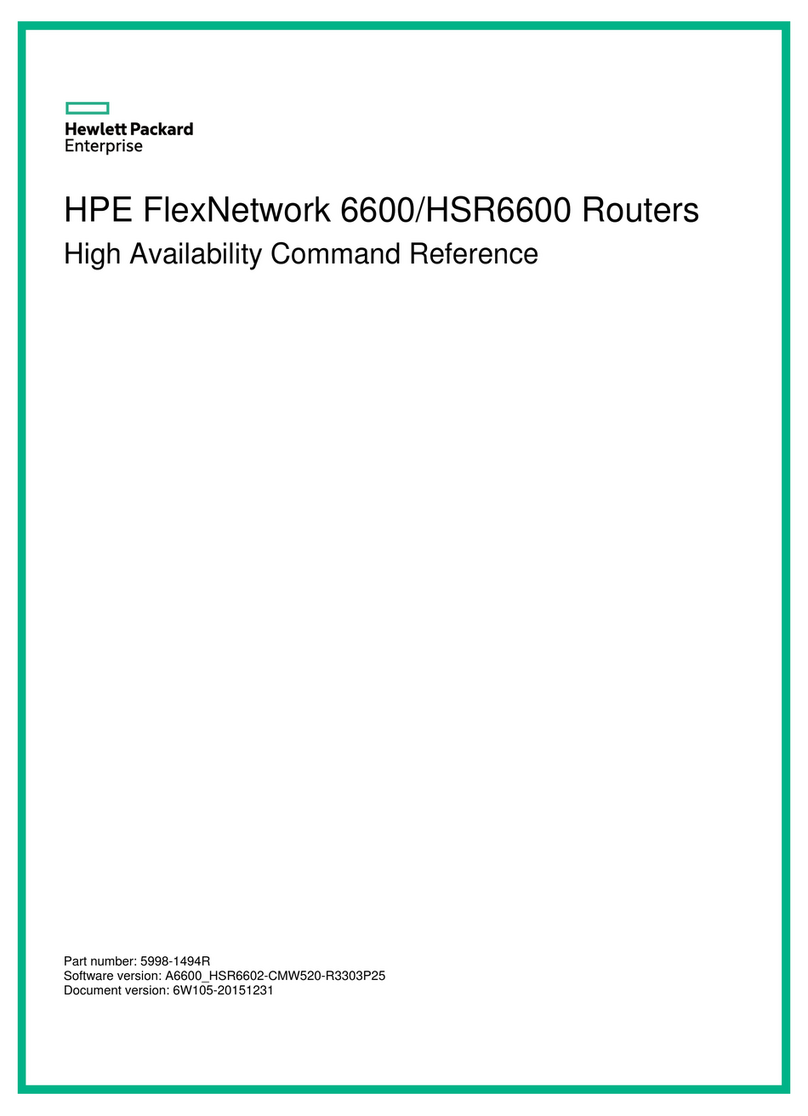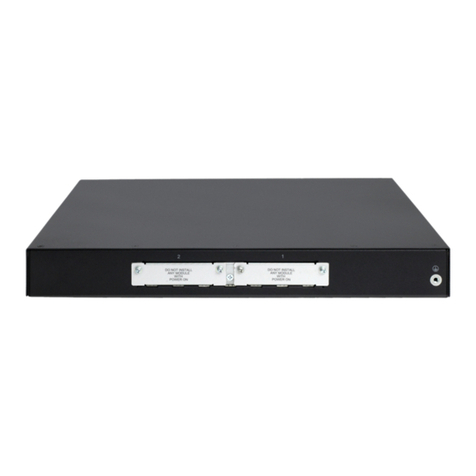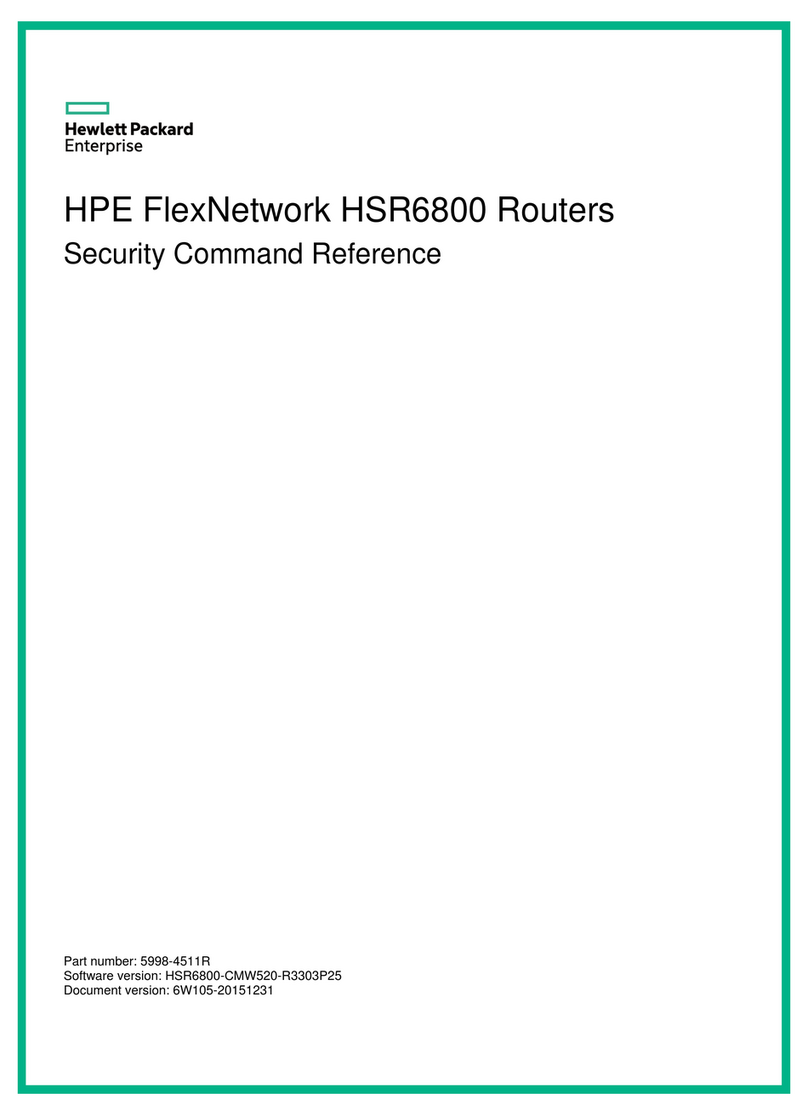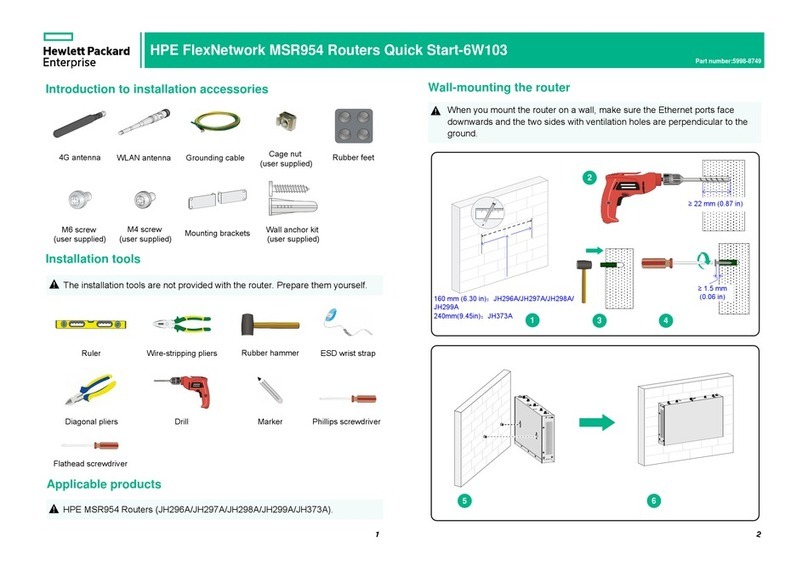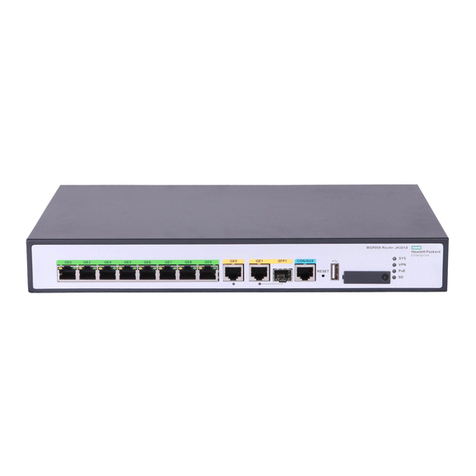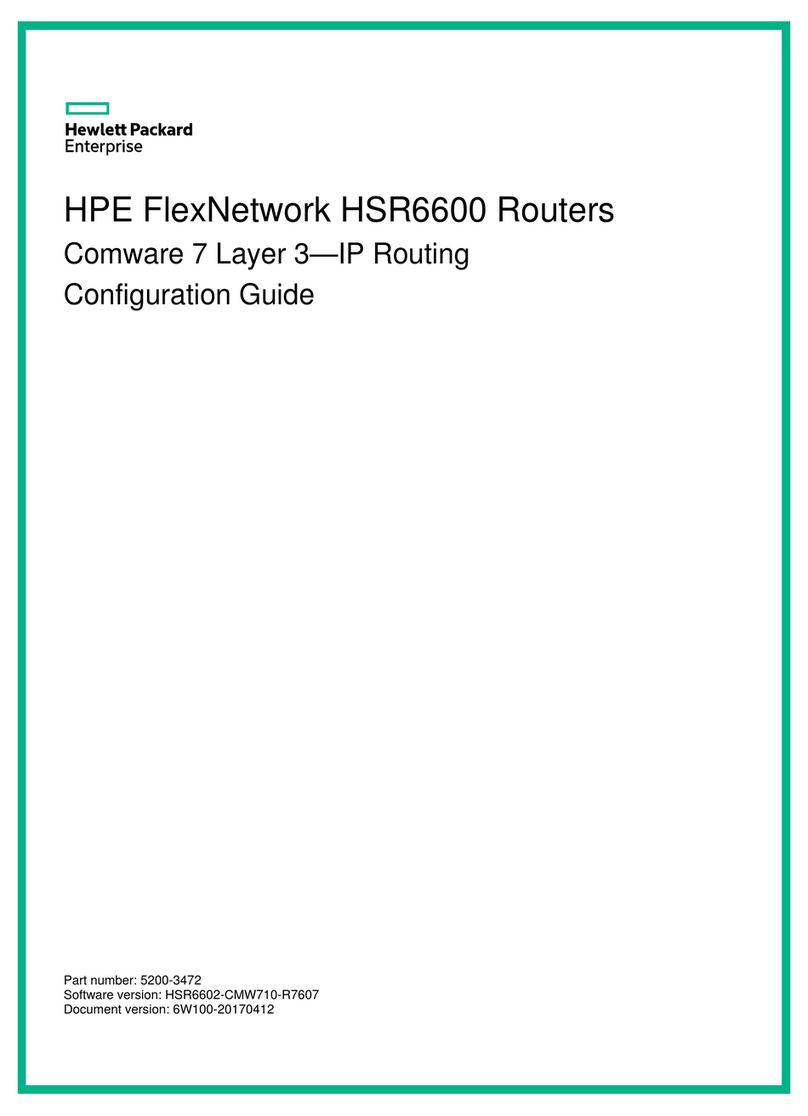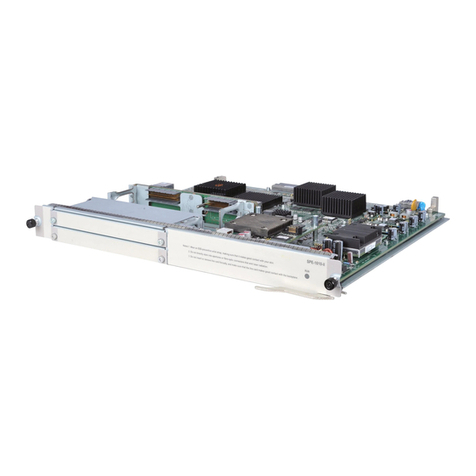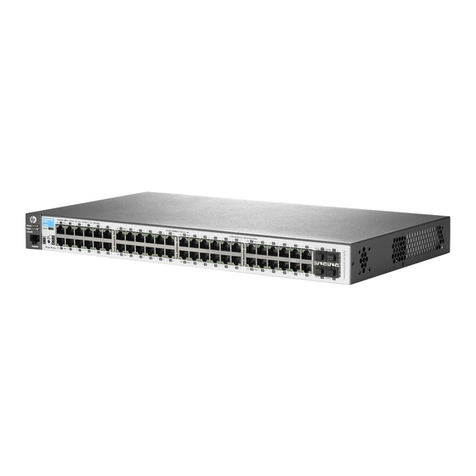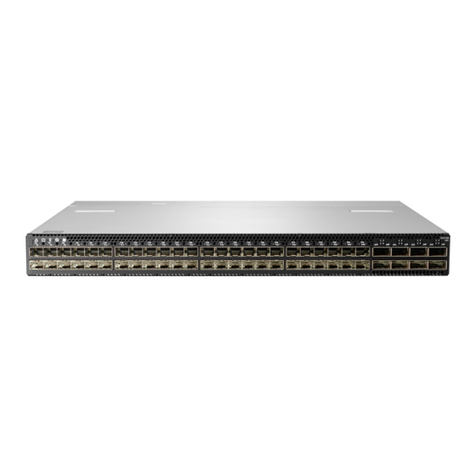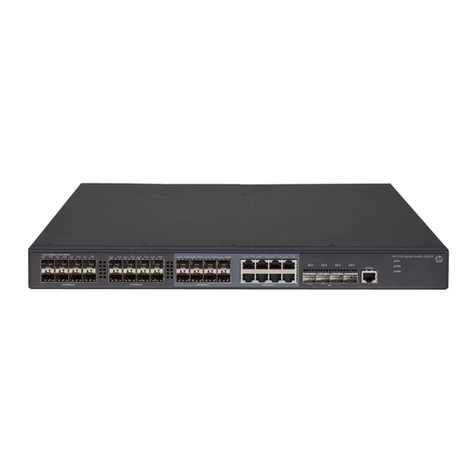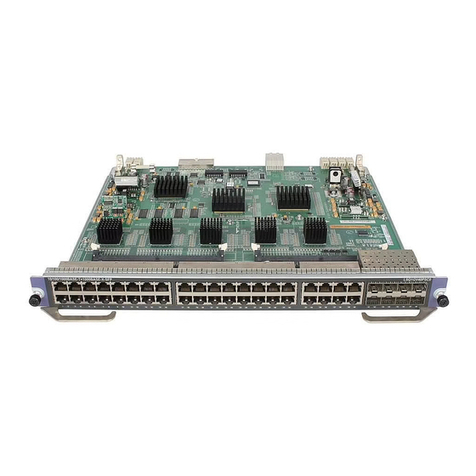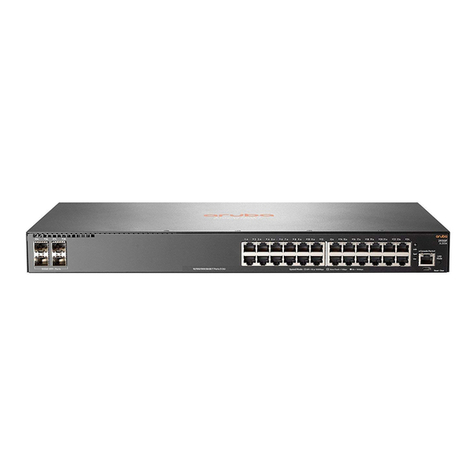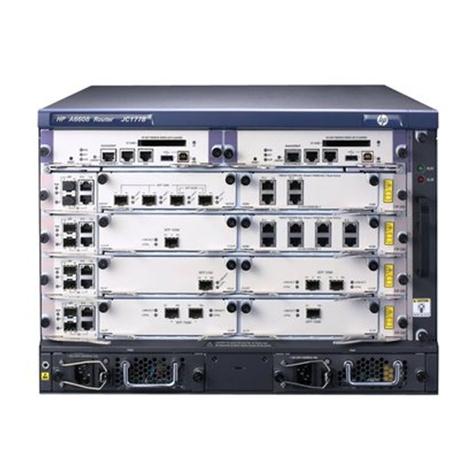
ii
Configuring ENDP ························································································· 57
Overview ·························································································································································· 57
Working mechanism ································································································································· 57
ENDP timers ············································································································································ 57
ENDP authentication ································································································································ 58
Configuration restrictions and guidelines ········································································································· 58
Configuring ENDP ············································································································································ 58
Configuring the VTEP as an ENDS ·········································································································· 58
Configuring the VTEP as an ENDC ········································································································· 59
Displaying and maintaining ENDP ··················································································································· 59
ENDP configuration example ··························································································································· 60
Network requirements ······························································································································ 60
Configuration procedure ··························································································································· 60
Verifying the configuration ························································································································ 64
Configuring VXLAN IS-IS ·············································································· 69
VXLAN IS-IS configuration task list ·················································································································· 69
Specifying a reserved VXLAN for VXLAN IS-IS ······························································································· 69
Enabling VXLAN autonegotiation to automate VXLAN tunnel assignment ······················································ 69
Enabling MAC advertisement through VXLAN IS-IS ······················································································· 70
Enabling host route advertisement through VXLAN IS-IS ··············································································· 70
Enabling local-host route proxy ························································································································ 70
Enabling host route MAC learning ··················································································································· 71
Tuning VXLAN IS-IS parameters ····················································································································· 71
Setting the VXLAN IS-IS hello interval and the hello multiplier for calculating the adjacency hold time ·· 71
Configuring the DED priority and CSNP interval ······················································································ 72
Tuning LSP timers ···································································································································· 72
Enabling adjacency change logging········································································································· 74
Configuring Graceful Restart for VXLAN IS-IS ························································································· 74
Increasing the maximum number of MAC entries in an LSP ··································································· 75
Displaying and maintaining VXLAN IS-IS ········································································································ 75
VXLAN IS-IS configuration example ················································································································ 76
Network requirements ······························································································································ 76
Configuration procedure ··························································································································· 77
Verifying the configuration ························································································································ 81
Configuring the VTEP as an OVSDB VTEP ·················································· 86
Overview ·························································································································································· 86
Protocols and standards ·································································································································· 86
OVSDB VTEP configuration task list ··············································································································· 86
Configuration prerequisites ······························································································································ 87
Setting up an OVSDB connection to a controller ····························································································· 87
Configuration restrictions and guidelines ································································································· 87
Configuring active SSL connection settings ····························································································· 87
Configuring passive SSL connection settings ·························································································· 88
Configuring active TCP connection settings ···························································································· 88
Configuring passive TCP connection settings ·························································································· 89
Enabling the OVSDB server ···························································································································· 89
Enabling the OVSDB VTEP service ················································································································· 89
Specifying a global source address for VXLAN tunnels ··················································································· 89
Specifying a VTEP access port ························································································································ 90
Enabling flood proxy on multicast VXLAN tunnels ··························································································· 90
OVSDB VTEP configuration examples ············································································································ 90
Unicast-mode VXLAN configuration example ·························································································· 90
Flood proxy VXLAN configuration example ····························································································· 93
Document conventions and icons ································································· 98
Conventions ····················································································································································· 98
Network topology icons ···································································································································· 99
